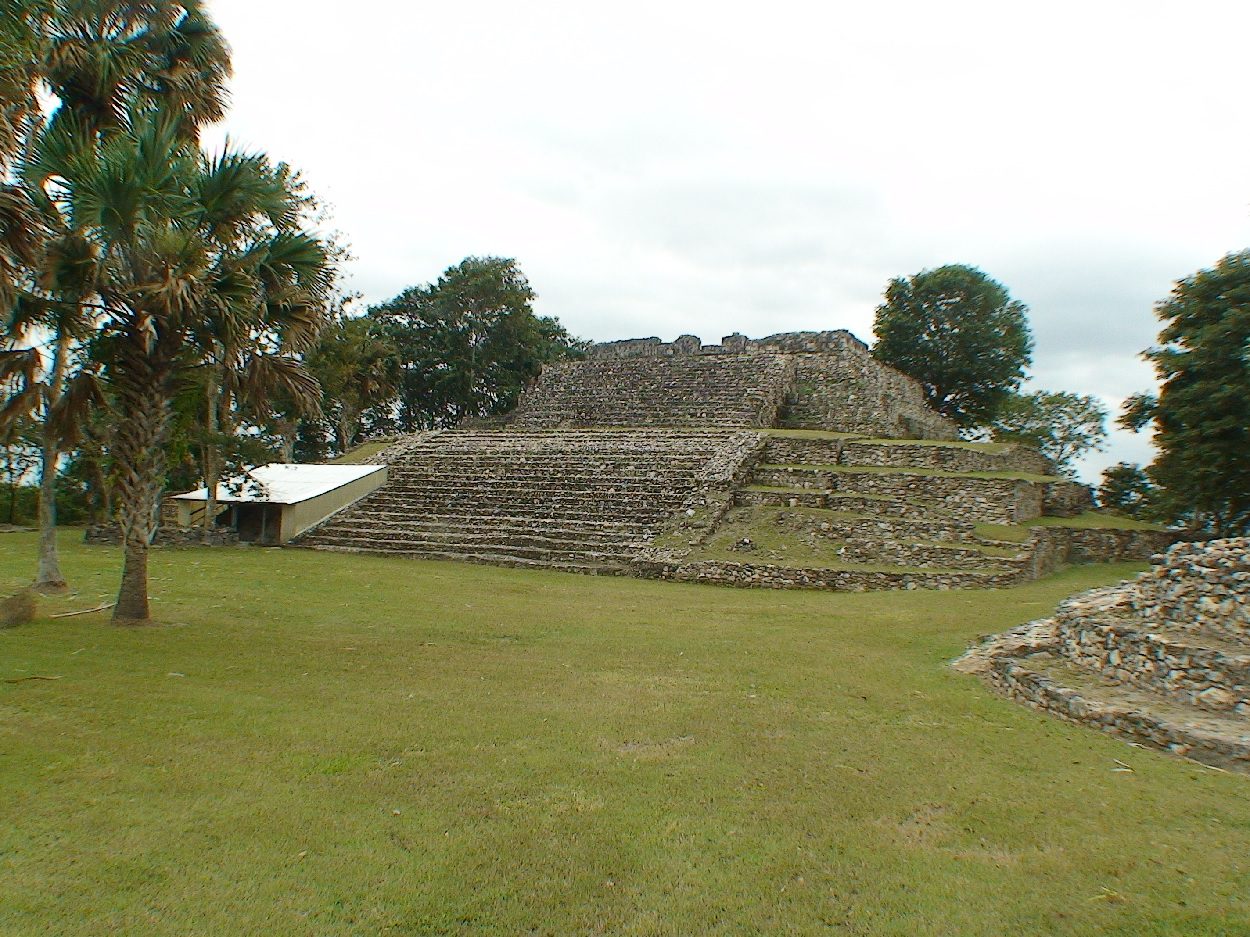Archaeologists conducting excavations at Itzamkanac, also known as El Tigre, have uncovered a structure linked to the cult of Kukulcán.
Itzamkanac was the capital of the Acalán Maya, located in the Yucatán Peninsula in the Mexican state of Campeche. The early centre of the city dates from the late Maya Preclassic period, while the majority of structures standing today were constructed during the early Classic period.
In the year 1525, Hernán Cortés briefly visited the city during his expedition to Honduras, aimed at quelling the rebellion led by Cristóbal de Olid. Spanish chroniclers at the time record that the city was divided into four districts and had a population of approximately 4,000 inhabitants.
Excavations conducted by the National Institute of Anthropology and History (INAH) have explored a circular structure which dates from between AD 1000-1200. According to the researchers, the structure is linked to the cult of Kukulcán, related to the Aztec wind god, Quetzalcóatl.
The Kukulkan/Quetzalcoatl cult marked a significant departure from the traditional linguistic and ethnic boundaries of the Mesoamerican world during the Classic Period. This religious movement played a pivotal role in fostering communication and harmonious trade among diverse groups with varying social and ethnic backgrounds.
While its origins were rooted in the ancient city of Chichen Itza, situated in the present-day Mexican state of Yucatán, it extended its influence as far as the Guatemalan Highlands and northern Belize.
In the Paxbolón Maldonado Papers, it is mentioned Itzamkanac had temples dedicated to the four main deities of the Postclassic Maya, one of them being Kukulcán.
According to the researchers, the structure corresponds with the period recorded in historical text, a time when Itzamkanac had ties with other regions of Mesoamerica, such as central Mexico, Oaxaca and the Gulf Coast.
Header Image Credit : HJPD – GNU License





